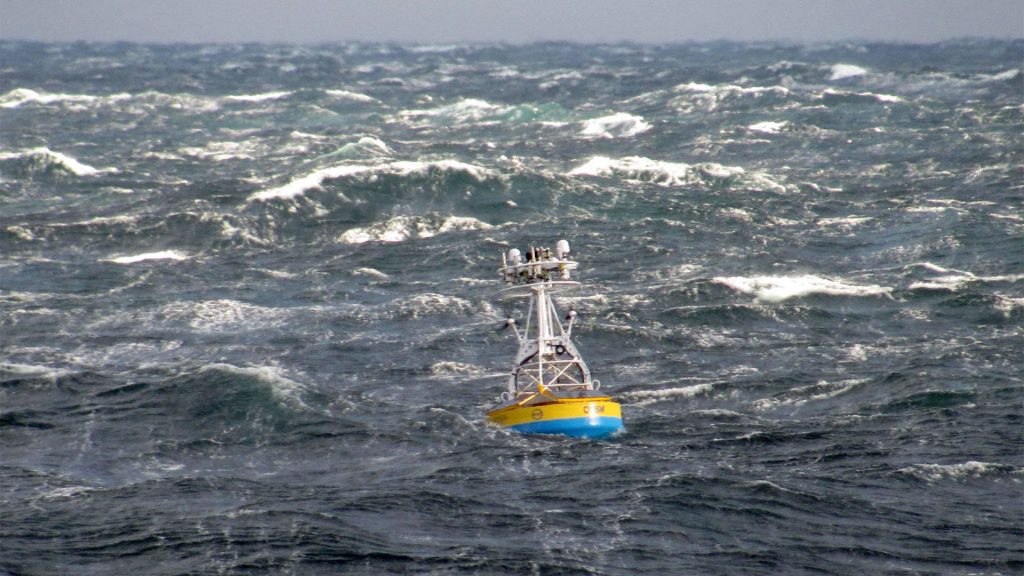
Offshore conditions can be brutal for moorings that remain in the water for six-month deployments. The new location for the OOI’s Coastal Pioneer Array is designed to withstand treacherous conditions, including extreme storms. (Credit: ©Woods Hole Oceanographic Institution)
The ocean plays a central role in global climate and regional weather patterns.
Explore how the ocean regulates climate by absorbing carbon, the ways a warming ocean impacts the intensity of storms and the height of the sea, and how scientists study the ocean’s climate history.
All Topics on Climate & Weather
Abrupt Climate Change
Earth's changing climate is raising concerns that it could respond in abrupt and unexpected ways, making it difficult for human society to adapt.
Ocean-Based Climate Solutions
Ocean-based, clean energy technologies hold great potential for ocean-based climate solutions, such as blue carbon, biofuels, and carbon dioxide removal systems.
Climate Change
Scientific observation has shown that the atmosphere near the Earth's surface is warming.
Ocean Warming
Increasing ocean heat is closely linked to increases in atmospheric greenhouse gas concentrations, making the ocean an excellent indicator of how much Earth is warming.
Paleoclimatology
Understanding how climate naturally varied over thousands and millions of years teaches us how Earth's climate system works and sheds light on current, human-induced changes.
Sea Level Rise
Sea level rise is expected to continue for centuries and may impact human and the natural environment.

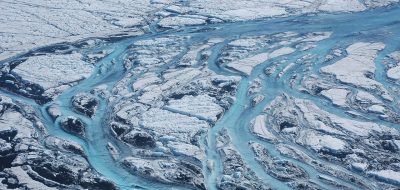
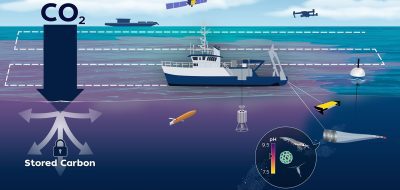
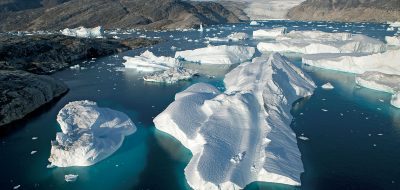
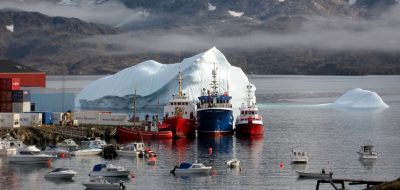




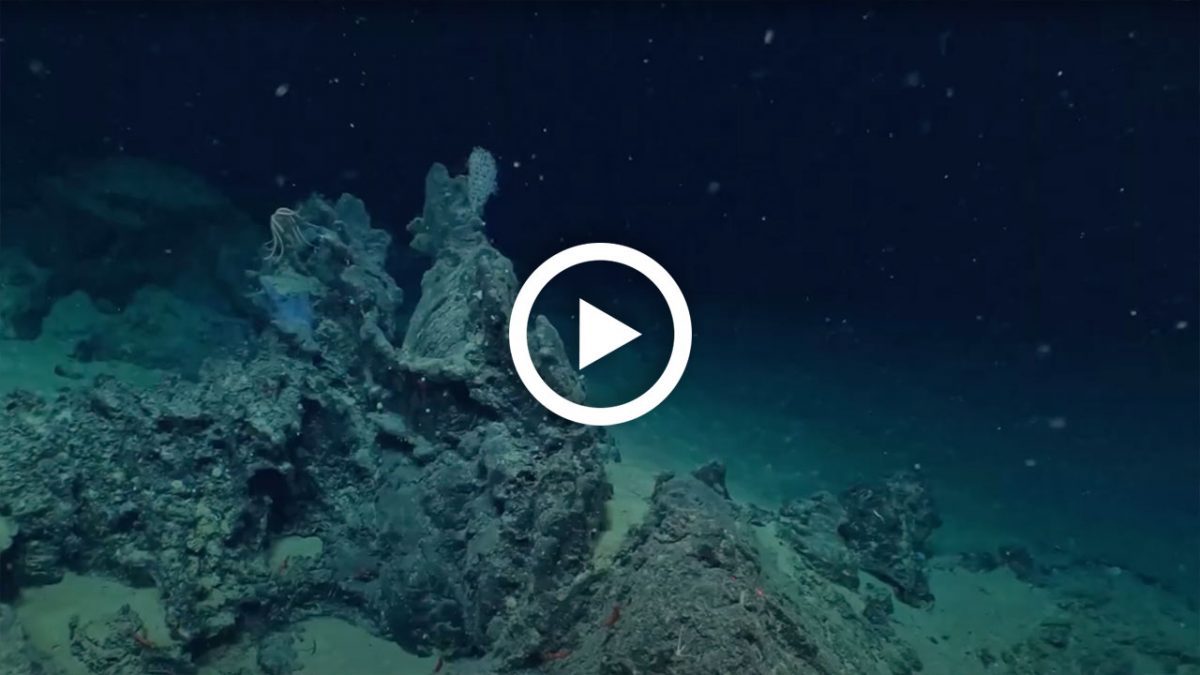

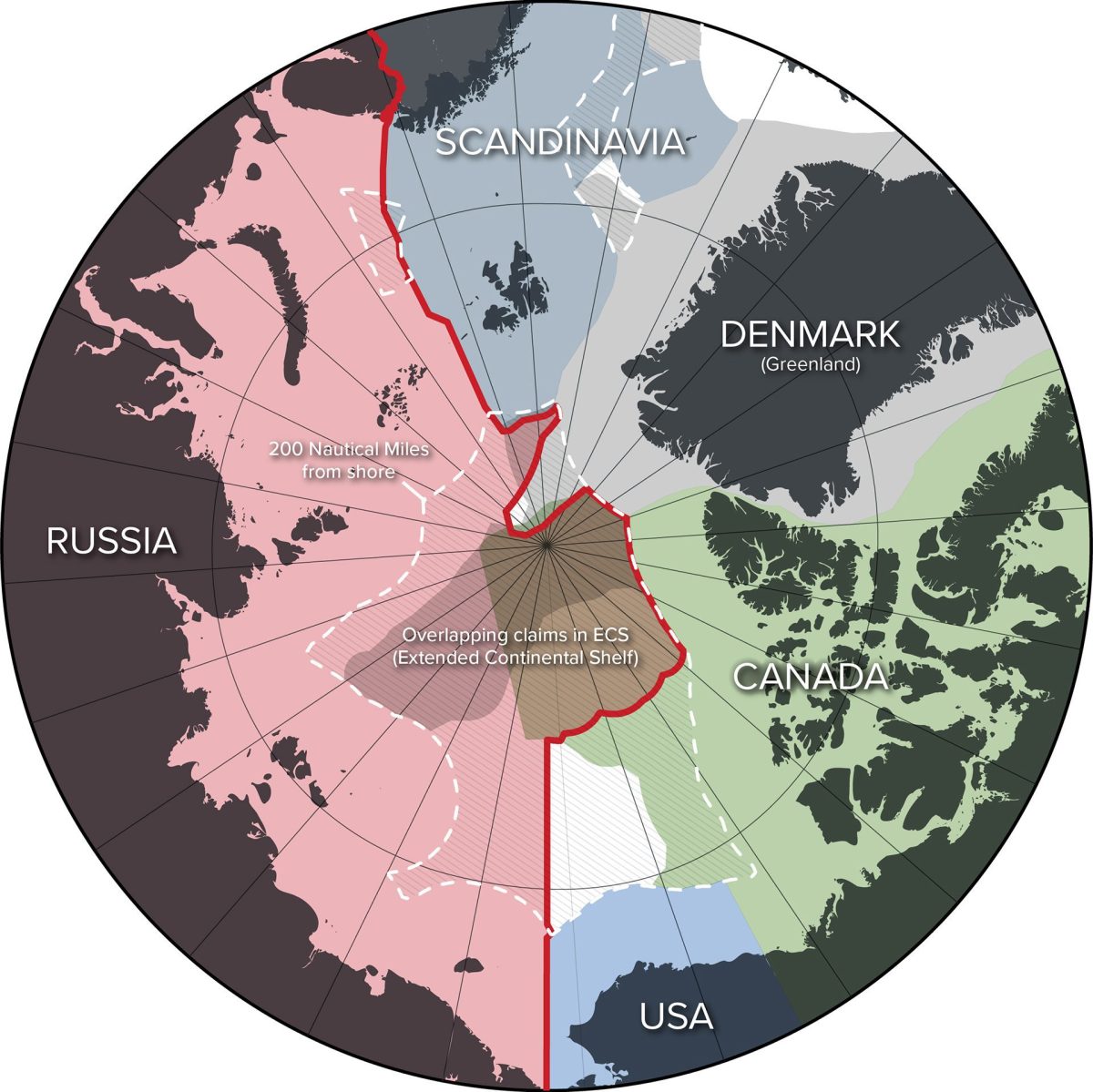
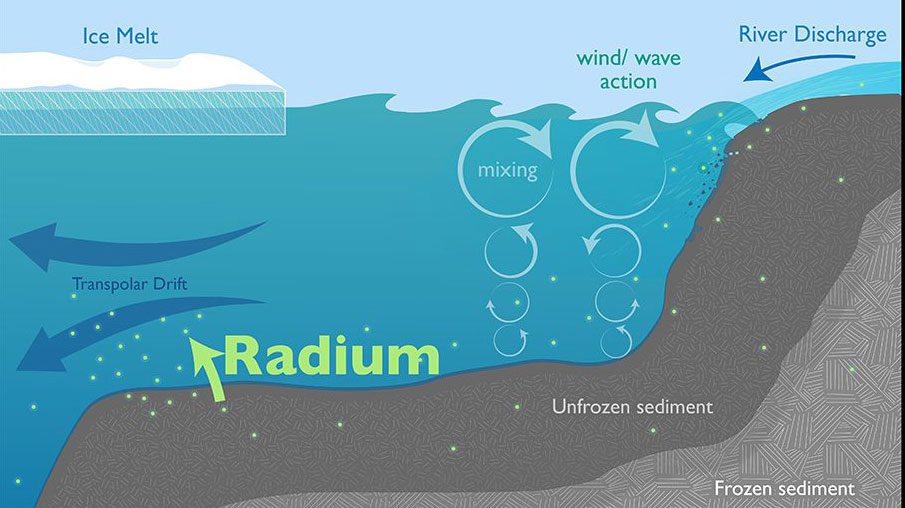
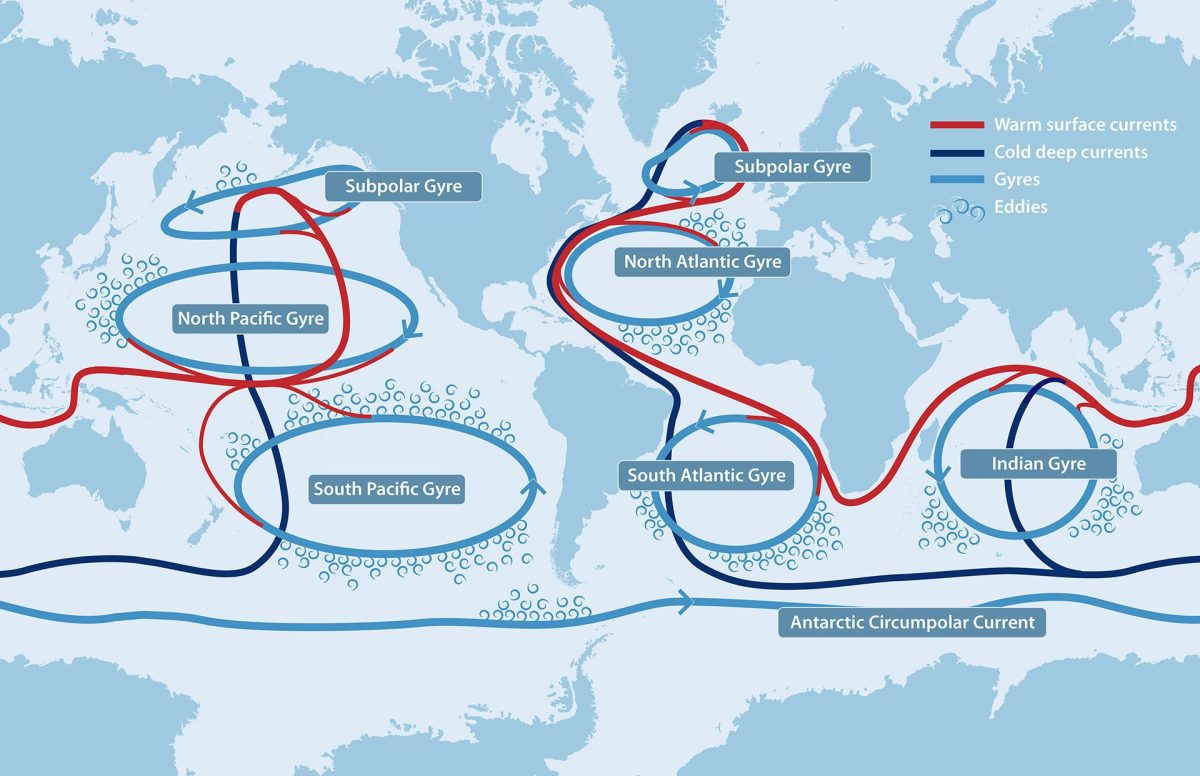
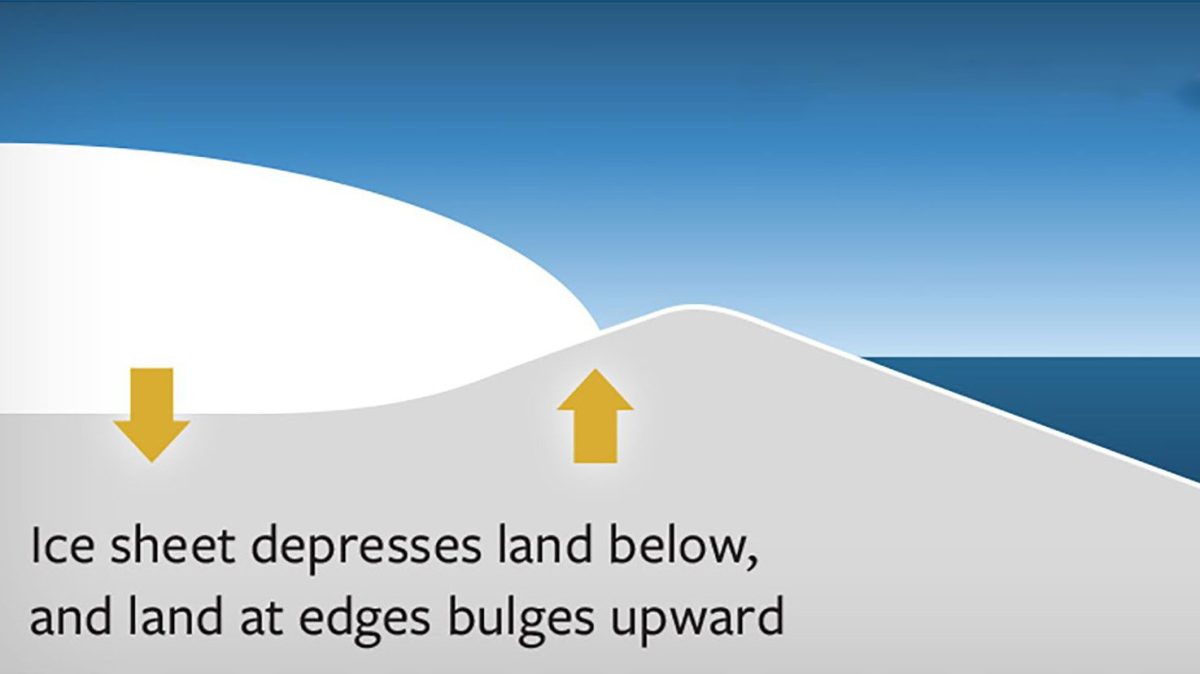
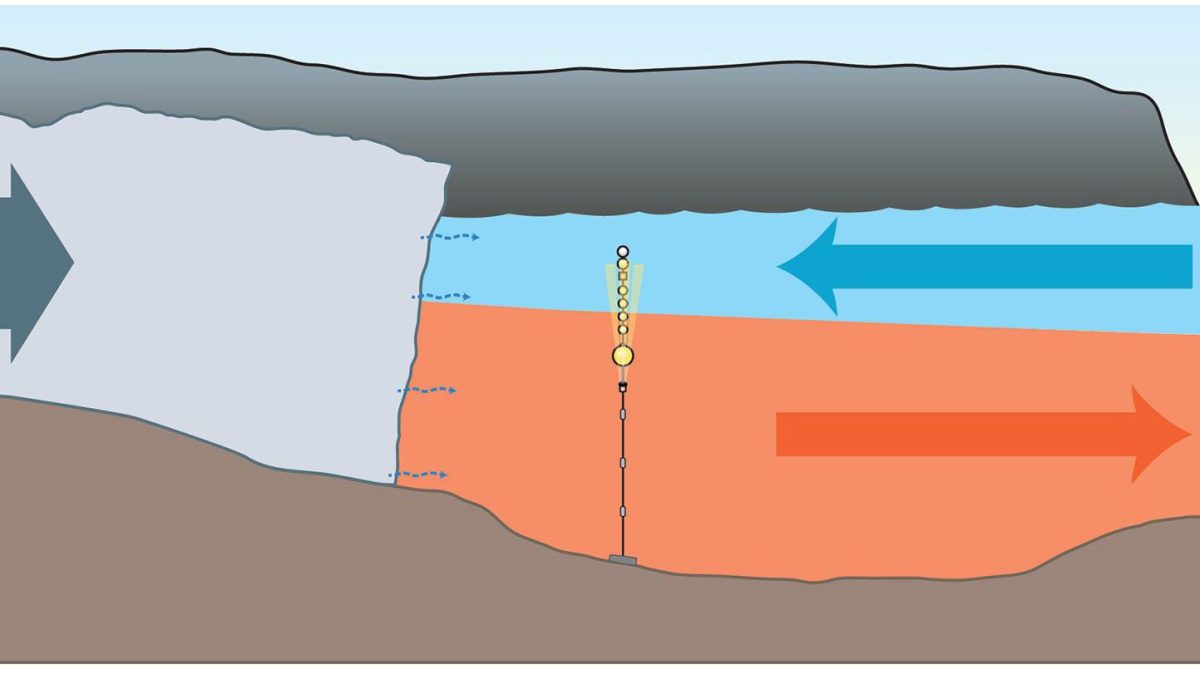
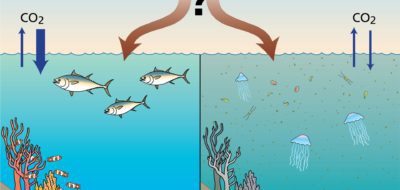


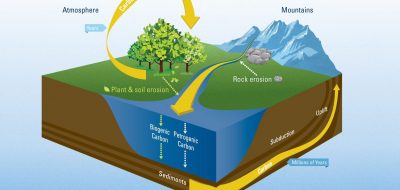
 Abrupt Climate Change
Abrupt Climate Change  Ocean-Based Climate Solutions
Ocean-Based Climate Solutions  Climate Change
Climate Change  Ocean Warming
Ocean Warming  Paleoclimatology
Paleoclimatology  Sea Level Rise
Sea Level Rise